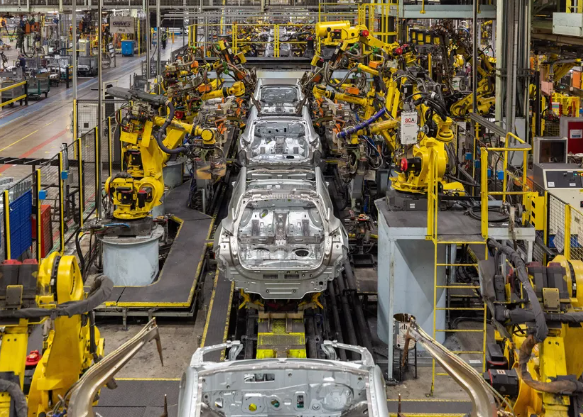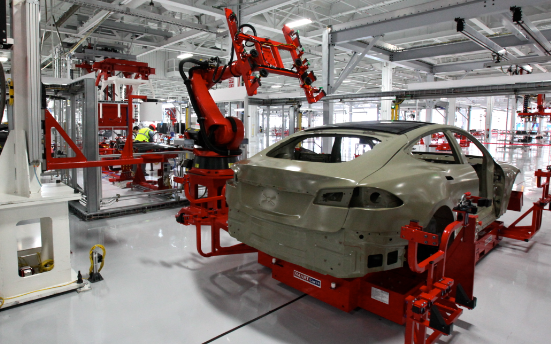Surface treatments are used in a wide range of applications and industries. But what are they and how do they work? Read on to find out more.
Surface Treatments Explained
A surface treatment is a process by which supplementary qualities are added to a material. These additional qualities might include a more attractive appearance and decorative properties or improved strength, durability, hardness and resistance to rust, heat, or wear and tear.

Surface treatments are offered by an array of different specialist providers such as poeton.co.uk/standard-treatments, from whom more information can be acquired.
Types of Surface Treatments
In a general sense, surface treatments can be adding processes or removal processes. The latter includes melting and scraping.
Plating, painting, and printing are all forms of surface treatments. This could be plating beneath guardrail paint, printing logos and names on home appliances, or painting cars and vans.
Heat treatments, including quenching, are also surface treatments, such as when they are applied to metal components such as blades and gears.
Surface Treatment Methods
The most common surface treatments include cleaning, blasting, honing, mechanical polishing, chemical polishing, electropolishing, spray painting, electrostatic painting or coating, electrodeposition coating, electroplating, chemical plating, hot dip coating, surface quenching, charcoal burning, and nitriding treatment.
Many types of surface treatments come in various forms. For example, plating can include electrolytic plating and this, in turn, can involve chrome, zinc, nickel, copper, silver, or gold. You can find out more about electroplating and the processes used on the BBC Bitesize website at.

Surface Treatment Procedures
In the case of electroplating and other forms of surface treatments, the process starts with pre work such as polishing, and pretreatments such as cleaning and degreasing. Then comes the main treatment, followed by the post-treatment and post-processing stages.
